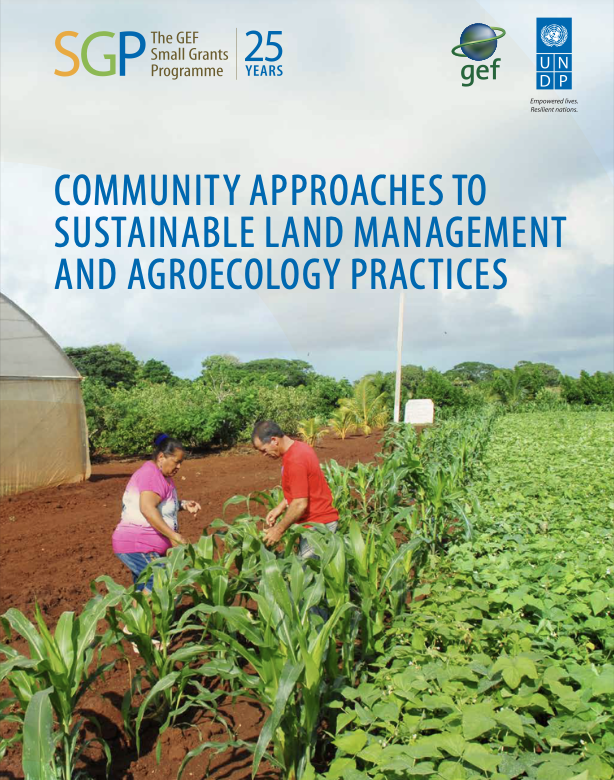The Food Security Conundrum of Sub-Saharan Africa
Food security in Africa needs abundant, affordable and nutritious food for the growing population.
•Smallholder farmers lack sufficient land or economic incentives to invest in agriculture.
•The above issues create a ‘wicked problem’ – a conundrum for future food security.


